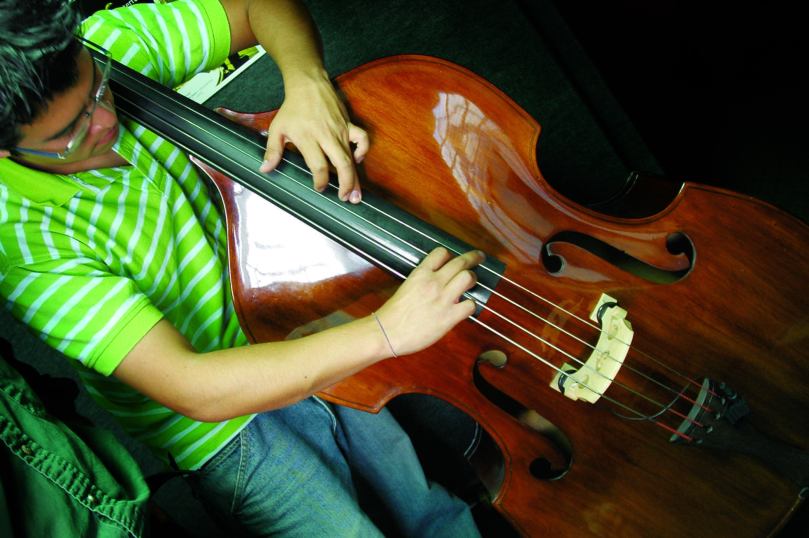Part II: The Nitty Gritty
(This blog-post is the second in a series of three articles. For an introduction to this topic, you should first read “Part I: Back to Basics” at https://paulkfoxusc.wordpress.com/2017/08/28/ethics-for-music-educators-i/)
A good teacher is a doctor who heals ignorance and an artist who inspires creativity. ― author unknown
Societal Changes Promoting Ethical Disputes
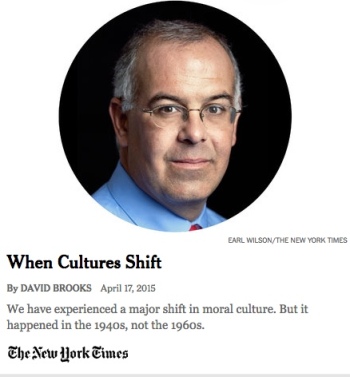 Many have suggested that there has been a decline in moral standards that have contributed to ethical disputes in modern society (and in the public schools). Some say that this is attributed to a breakdown or lessening of the influence of organized religion and family values. “When Cultures Shift,” an excellent article in the New York Times (April 17, 2015), David Brooks explores some of causes and effects of this “slip” to our value systems, ethics, and renewed focus on self:
Many have suggested that there has been a decline in moral standards that have contributed to ethical disputes in modern society (and in the public schools). Some say that this is attributed to a breakdown or lessening of the influence of organized religion and family values. “When Cultures Shift,” an excellent article in the New York Times (April 17, 2015), David Brooks explores some of causes and effects of this “slip” to our value systems, ethics, and renewed focus on self:
- Cultural shift in personal mores
- Consumerism
- Self-esteem movement, narcissism, and “the big me”
- Trends towards acceptance of informality and casual behavior
- Social media and other technology
Brooks remarked, “The big shift in American culture did not happen around the time of Woodstock and the Age of Aquarius. It happened in the late 1940s, and it was the members of the Greatest Generation that led the shift.”
We now live in a world in which commencement speakers tell students to trust themselves, listen to themselves, follow their passions, to glorify the Golden Figure inside. We now live in a culture of the Big Me, a culture of meritocracy where we promote ourselves and a social media culture where we broadcast highlight reels of our lives. What’s lost is the more balanced view, that we are splendidly endowed but also broken. And without that view, the whole logic of character-building falls apart. You build your career by building on your strengths, but you improve your character by trying to address your weaknesses.
So perhaps the culture needs a re-balance. The romantic culture of self-glorification has to be balanced with an older philosophic tradition, based on the realistic acknowledgment that we are all made of crooked timber and that we need help to cope with our own tendency to screw things up. That great tradition and body of wisdom was accidentally tossed aside in the late 1940s. It’s worth reviving and modernizing it. ― David Brooks
Read his entire piece at https://www.nytimes.com/2015/04/17/opinion/david-brooks-when-cultures-shift.html.
The Role of Education in Upholding Standards of Behavior
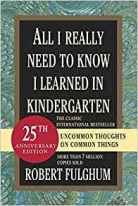 Do schools, not necessarily families, serve as the “safety net” for socializing its citizens, and teaching morality, manners, and the values of human relationships? Are teachers held to a higher standard of behavior in order to model these principles and charged with the responsibility of indoctrinating the meaning of “right and wrong” and how to get along with each other? Many would seem to agree, including sample codes of ethics for teachers and this from Robert Fulghum (https://www.scrapbook.com/poems/doc/842.html):
Do schools, not necessarily families, serve as the “safety net” for socializing its citizens, and teaching morality, manners, and the values of human relationships? Are teachers held to a higher standard of behavior in order to model these principles and charged with the responsibility of indoctrinating the meaning of “right and wrong” and how to get along with each other? Many would seem to agree, including sample codes of ethics for teachers and this from Robert Fulghum (https://www.scrapbook.com/poems/doc/842.html):
Most of what I really need
To know about how to live
And what to do and how to be
I learned in kindergarten.
Wisdom was not at the top
Of the graduate school mountain,
But there in the sand-pile at Sunday school.These are the things I learned:
Share everything.
Play fair.
Don’t hit people.
Put things back where you found them.
Clean up your own mess.
Don’t take things that aren’t yours.
Say you’re sorry when you hurt somebody.
Wash your hands before you eat.
Flush.
Warm cookies and cold milk are good for you.
Live a balanced life –
Learn some and think some
And draw and paint and sing and dance
And play and work everyday some.
Take a nap every afternoon.
When you go out into the world,
Watch out for traffic,
Hold hands and stick together.
Be aware of wonder.― Robert Fulghum in All I Really Need to Know I Learned in Kindergarten
Philosophies in Moral Development
According to Jacques S. Benninga in “Moral and Ethical Issues in Teacher Education” from Eric Digest (https://www.ericdigests.org/2004-4/moral.htm), “Though codes of ethics may not have played a significant role in teacher preparation programs in the past, professional ethical dispositions of teachers must now be addressed as part of the National Council for Accreditation of Teacher Education (NCATE) accreditation process (NCATE, 2002).” He describes the Four-Component Model of Moral Maturity, a program of ethical education first developed for dental professionals at the University of Minnesota since adapted to other professional training programs including the training of teachers. The program assumes that moral behaviors are built on a series of component processes (Bebeau, Rest, & Narvaez, 1999). “Each component is clearly defined, and educational goals, teaching strategies and assessment methods can be derived from those definitions.”
- Moral sensitivity, the awareness of how our actions affect other people.
- Moral judgment about complex human activities (Piaget 1965 and Kohlberg 1984)
- Moral motivation, a prioritization of moral values over personal values
- Moral character (acting on one’s convictions)
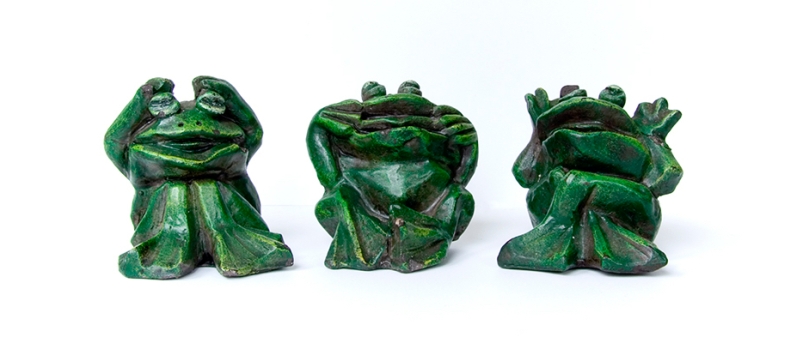 In Essays on Moral Development: The Philosophy of Moral Development (New York: Harper Collins 1981), Lawrence Kohlberg illustrates his “Six Stages of Moral Development” from ethical decisions based on adherence to rules/regulations and avoidance of punishment to acceptance of universal principles of justice and respect for human life.
In Essays on Moral Development: The Philosophy of Moral Development (New York: Harper Collins 1981), Lawrence Kohlberg illustrates his “Six Stages of Moral Development” from ethical decisions based on adherence to rules/regulations and avoidance of punishment to acceptance of universal principles of justice and respect for human life.
Here is a brief outline of Kohlberg’s six moral stages:
- Obedience and punishment orientation
- Naively egoistic orientation (satisfying self-needs)
- Good-boy, good-girl (approval/conformity) orientation
- Authority and social-order-maintaining orientation
- Contractual/legalistic orientation (social contracts)
- Individual principles of conscience
However, Carol Gilligan proposes a contrasting theme, “Three Evolving Steps of Caring,” in her book, In A Different Voice (Cambridge, MA: Harvard University Press 1982).
- Decisions based solely on care for their needs.
- Decisions based on care for the needs of others.
- Decisions based on care for themselves and others.
The Professional Standards and Practices Commission of the Pennsylvania Department of Education resolved these apparently incompatible philosophies:
Despite their contrasting lenses on moral development, when applied to the teaching profession, these two ethical perspectives complement each other. Teachers should be motivated by a universal respect for human life and also be guided by principles of caring. In fact, teachers have a fiduciary duty to act in a way that is in the best interest of their students. Inherent in a fiduciary relationship is an imbalance of power where the students place their trust /confidence in the teachers, who are responsible for caring for their students and respecting their needs. This overarching responsibility of teachers provides an ethical standard of professional practice to which professional educators must abide and has powerful practical and legal implications for their personal and professional lives.
Sample Code of Professional Practices and Conduct
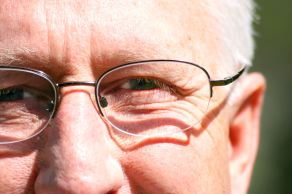 As I said in Part I of this blog series, one of the first acts of a new or transferred teacher upon being hired to a specific school district is to visit the website of his/her state’s education department, and make a thorough search on the topic of “code of ethics” or “code of conduct.” There is no defense for ignorance of the codes and statutes relevant to the state you are/will be employed.
As I said in Part I of this blog series, one of the first acts of a new or transferred teacher upon being hired to a specific school district is to visit the website of his/her state’s education department, and make a thorough search on the topic of “code of ethics” or “code of conduct.” There is no defense for ignorance of the codes and statutes relevant to the state you are/will be employed.
A few quotes and material from the Pennsylvania “Code of Professional Practices and Standards for Educators” are listed below. For a complete listing, go to http://www.pspc.education.pa.gov/Statutes-Regulations-Policies-Forms/Code-of-Professional-Practice-Conduct/Pages/default.aspx or download the PDF file from http://www.pspc.education.pa.gov/Documents/Statutes%20Regs%20Forms/Code%20of%20Conduct.pdf.

In addition, if you live and work in Pennsylvania, I would strongly recommend you peruse the comprehensive Educator Ethics and Conduct Toolkit produced by Dr. Oliver Dreon, Sandi Sheppeard, and the PA Professional Standards and Practices Commission, a multiple-week induction program with coursework, essential questions, scenarios, and researched sources on teacher ethics (for which permission was given to share segments of their text below in professional development forums and workshops). Go to: http://www.pspc.education.pa.gov/Promoting-Ethical-Practices-Resources/Ethics-Toolkit/Pages/default.aspx.
- Professional educators shall abide by the Public School Code of 1949 (24 P. S. § § 1-101 – 27-2702), other school laws of the Commonwealth, sections 1201(a)(1), (2) and (4) and (b)(1), (2) and (4) of the Public Employee Relations Act (43 P. S. § § 1101.1201(a)(1), (2) and (4) and (b)(1), (2) and (4)) and this chapter.
- Professional educators shall be prepared, and legally certified, in their areas of assignment. Educators may not be assigned or willingly accept assignments they are not certified to fulfill.
- Professional educators shall maintain high levels of competence throughout their careers.
- Professional educators shall exhibit consistent and equitable treatment of students, fellow educators and parents. They shall respect the civil rights of all and not discriminate on the basis of race, national or ethnic origin, culture, religion, sex or sexual orientation, marital status, age, political beliefs, socioeconomic status, disabling condition or vocational interest. This list of bases or discrimination is not all-inclusive.
- Professional educators shall accept the value of diversity in educational practice. Diversity requires educators to have a range of methodologies and to request the necessary tools for effective teaching and learning.
- Professional educators shall impart to their students principles of good citizenship and societal responsibility.
- Professional educators shall exhibit acceptable and professional language and communication skills. Their verbal and written communications with parents, students and staff shall reflect sensitivity to the fundamental human rights of dignity, privacy and respect.
- Professional educators shall be open-minded, knowledgeable and use appropriate judgment and communication skills when responding to an issue within the educational environment.
- Professional educators shall keep in confidence information obtained in confidence in the course of professional service unless required to be disclosed by law or by clear and compelling professional necessity as determined by the professional educator.
- Professional educators shall exert reasonable effort to protect the student from conditions which interfere with learning or are harmful to the student’s health and safety.
― Section 4: PA Code of Professional Practices and Standards for Educators
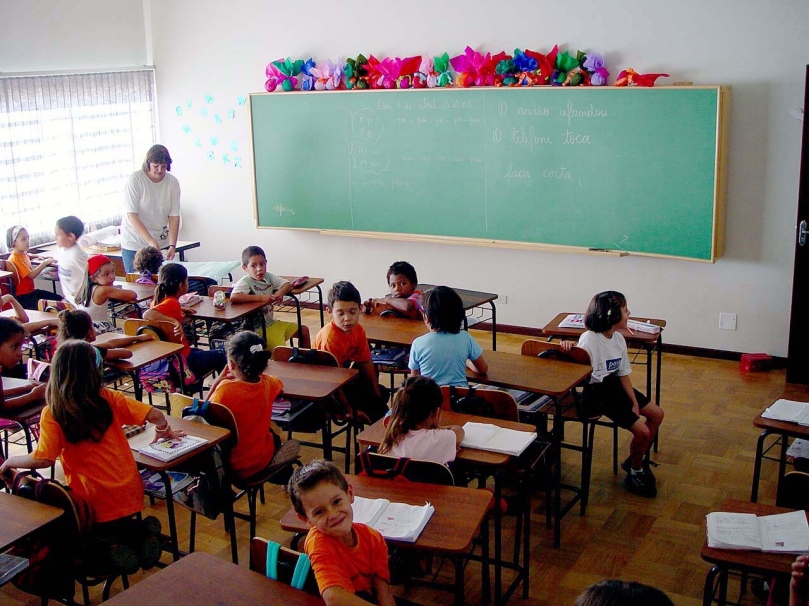
The Teacher-Student Relationship
Trust has evolved into the operative foundation of the relationship of students with their teachers. The duty of teachers is to act as a fiduciary in their students’ best interest and to create and maintain a safe environment for their students derives. When a teacher enters into an inappropriate relationship with a student, the teacher violates the recognized student-teacher boundary and thereby redefines the boundary inappropriately. Some unintentionally fall prey to the “slippery slope” of misconduct. The inappropriate relationship shifts to serving the needs of the teacher and not the needs of the student.
When teachers become confidants, friends, or counselors of students, a dual relationship is created which creates an ambiguity in the student-teacher relationship where roles are less defined. This ambiguity helps to foster inappropriate actions and educator misconduct.
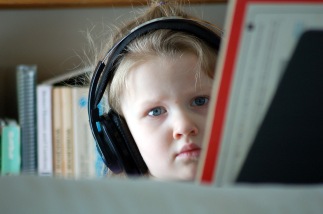 In addition, in almost every state education system, there are “mandatory reporting” regulations. Teachers are held responsible to ensure that their colleagues conform to the appropriate standards of ethical practice as well. In other words, if you know something is wrong and you do not report it to an administrator, you could also be liable and subject to hearings, discipline, and even prosecutions for negligence of your duty to protect the best interests, health, and safety of the student(s) involved.
In addition, in almost every state education system, there are “mandatory reporting” regulations. Teachers are held responsible to ensure that their colleagues conform to the appropriate standards of ethical practice as well. In other words, if you know something is wrong and you do not report it to an administrator, you could also be liable and subject to hearings, discipline, and even prosecutions for negligence of your duty to protect the best interests, health, and safety of the student(s) involved.
Vulnerabilities
Teachers who are experiencing difficulties in their personal lives or are socially or emotionally immature may be particularly susceptible to the “slippery slope” of blurred teacher-student boundaries. Typical vulnerabilities include the following:
- Viewing students as peers
- Suffering from adult relationship issues
- Immaturity
- Need for attention
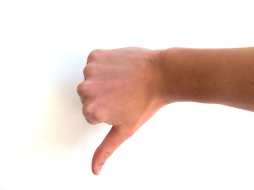 A sense of invulnerability
A sense of invulnerability- Absence of a developed personal moral compass
- Lack of personal crisis management skills
New or inexperienced teachers, those near their students’ ages, educators who look or act “cool” or “trendy,” or share common interests or an overlapping circle of friends, may be tempted to share inappropriate feelings or become “too close” with their children.
Every behavior or decision made by a teacher with respect to his or her students should be prefaced with the question: “Whose needs are being met by my course of action?” There can only be one acceptable answer to this question: “The needs of the student!”
Social Media
In terms of teacher ethics, communicating digitally or electronically with students may lead to a blurring of appropriate teacher-student boundaries and create additional challenges to maintaining and protecting one’s privacy. Texts, emails, and social media postings are not private, and may be seen by others, forwarded, and/or copied or printed. Out of context, they may be misinterpreted, appear to be inappropriate, and/or lead to a violation of “The Code.”
 It is the responsibility of the teacher to control his or her “public brand” – how he or she wants to be perceived by students, parents, colleagues, and the public. One’s public brand can and does impact perceptions, which in turn can impinge upon effectiveness.
It is the responsibility of the teacher to control his or her “public brand” – how he or she wants to be perceived by students, parents, colleagues, and the public. One’s public brand can and does impact perceptions, which in turn can impinge upon effectiveness.
When I started teaching in 1978, we did not have “social media.” (Actually, if you can imagine this, there was no Internet yet, most of us did not have computers, and flip or smartphones and tablets were only the subject of science fiction or Star Trek.) Guidelines for use (or abuse) of social media were not even a “seed” in our imaginations.
When MySpace and Facebook came upon the scene in 2003-2004, most school administrators recommended “stay away from these.” The online sharing and archiving of photos initiated the adoption of many other social media apps (Flickr and later Instagram, Tumblr, Snapchat, etc.), which provoked new challenges in maintaining privacy, appropriateness, and professionalism. However, soon after, school leaders started rolling out “teacher pages” and school web-pages, online bulletin board services, interactive forums, virtual learning environments like Blackboard and Blended Schools, and other educational tools that encouraged two-way communications among students in a class and the teacher. Technology is here to stay… so how should we use it safely?
The American Board for the Certification of Teacher Excellence (ABCTE), a non-profit organization dedicated to placing qualified teachers in the classroom, released its “10 Social Media Rules for Teachers,” appropriate tips for protecting educators:
- Know your school district or state’s policies on social media.
- Never “friend” or “follow” students on your personal accounts.
- Keep your profile photos clean.
- Do not affiliate yourself with your school on a personal profile.
- Do not geo-tag your posts with your school’s location.
- “Snaps” are forever! Anyone can take a screen shot of your posts.
- Never mention your school or the names of staff or students in any post.
- Set your Instagram account to private.
- Never complain about your job online.
- Never post photos of your students on social media.
―Summarized from https://www.americanboard.org/blog/?p=249
To be continued…
Part III: Issues and Scenarios in Music Education… will review:
- Pedagogy
- Enforcement
- Finances and Resource Allocation
- Relationships
- Diversity
- More Scenarios – How Would You Judge These Incidents?
- Bibliography
Special thanks and credits go to Dr. Oliver Dreon, Associate Professor at Millersville University (in Pennsylvania), and one of the authors of the Pennsylvania’s Educator Ethics and Conduct Toolkit, the source of much of the research, quotes, and perspective of this three-part series comes.
PKF
© 2017 Paul K. Fox
Photo credits (in order) from FreeImages.com: “Ethics” by Olivier Le Moal, “Three Frogs with a Message” by Gerla Brakkee, “Eye See You” by Donald Cook, “School” by Elias Minasi, “Headphones” by Benjamin Earwicker, “That’s Lame, Bad, and Stupid” by Daino_16, “Computer and Apple” by Ales Cerin, and “Girl With Smart Phone” by Eric Gross.



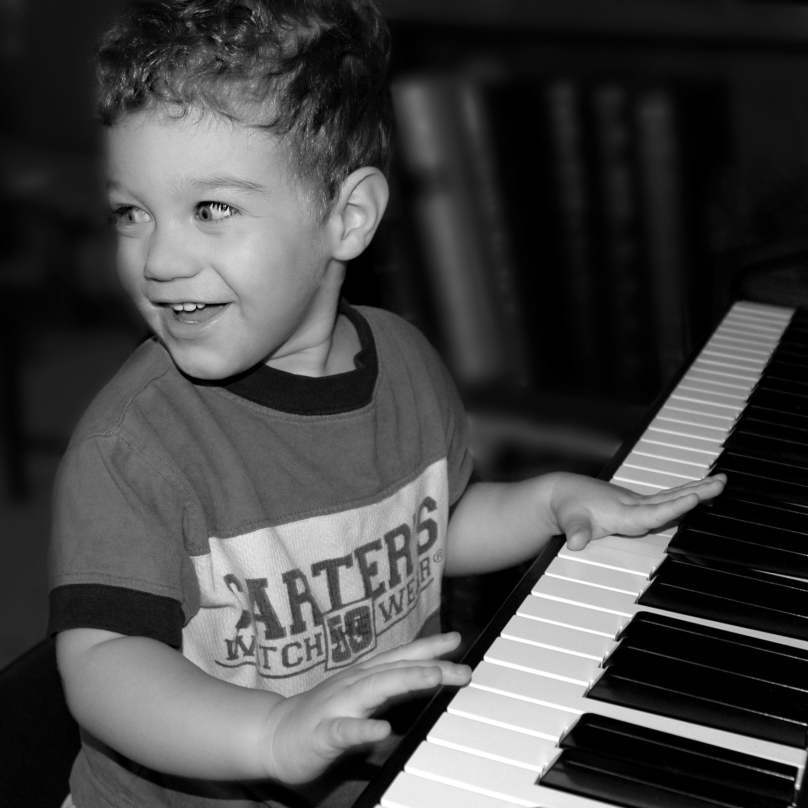
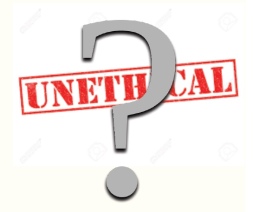 However, the disclaimer is that I am not an attorney, human resource manager, nor scholar on school ethics, nor was I ever trained in a single workshop, college class, teacher induction or in-service program on this subject. After reading this article, you should immediately visit the website of your state’s education department, and search on the topic of “code of ethics” or “code of conduct.” A few examples of the “real deal” are listed below, and yes, you must study “every word of” the entire document and applicable rules from the state you are/will be employed.
However, the disclaimer is that I am not an attorney, human resource manager, nor scholar on school ethics, nor was I ever trained in a single workshop, college class, teacher induction or in-service program on this subject. After reading this article, you should immediately visit the website of your state’s education department, and search on the topic of “code of ethics” or “code of conduct.” A few examples of the “real deal” are listed below, and yes, you must study “every word of” the entire document and applicable rules from the state you are/will be employed.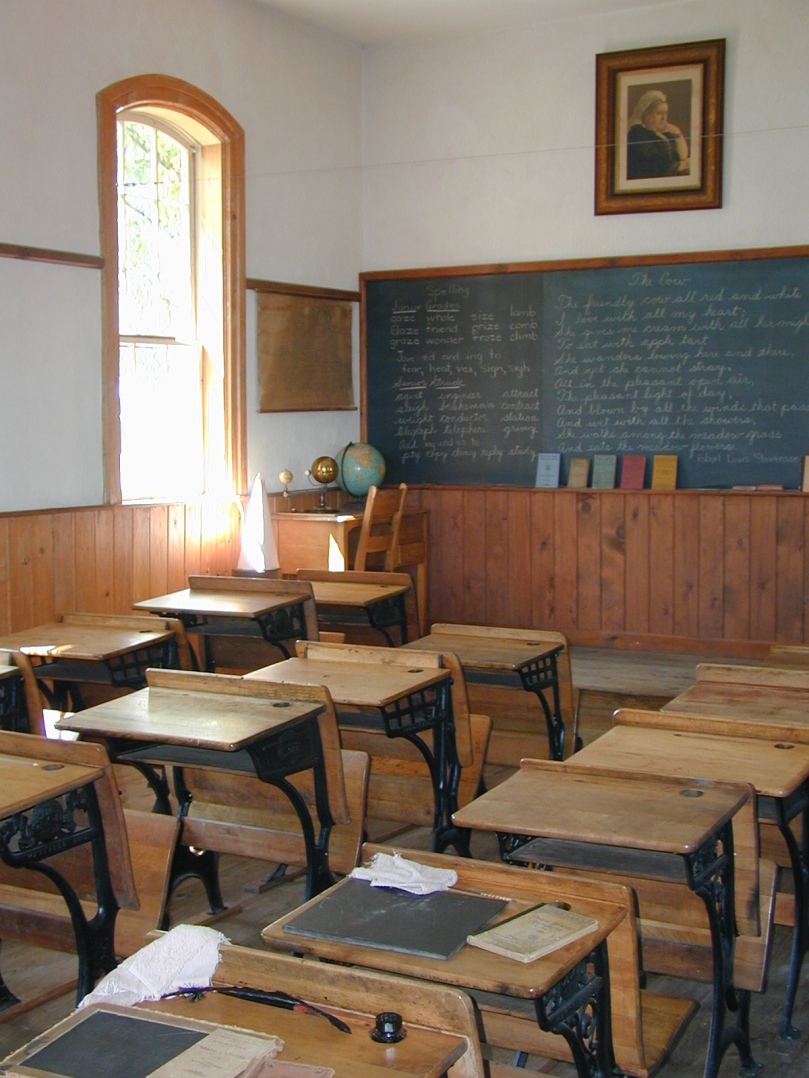 According to Snopes
According to Snopes 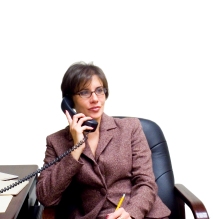 Achievement of higher education, constant training and retooling, specific goals, and self-improvement
Achievement of higher education, constant training and retooling, specific goals, and self-improvement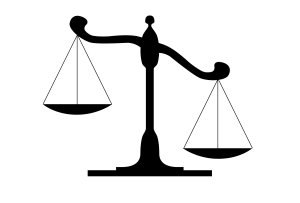
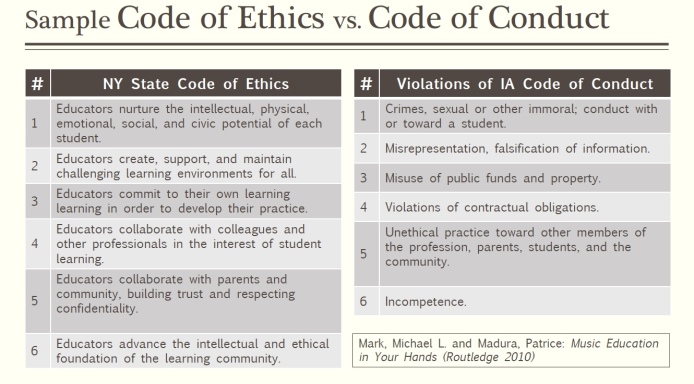
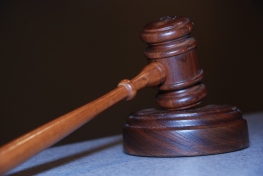 a “violation of ethics” is usually associated with significant consequences or punishment, like charges of medical malpractice or lawyers facing an “ethics committee” hearing. Confirmed unethical behavior may result in censure, suspension of license or certification, or other discipline action. Most state education governing entities post legally-binding “educator discipline acts” or codes of professional standards, ethics, and/or behavior, with extensive penalties.
a “violation of ethics” is usually associated with significant consequences or punishment, like charges of medical malpractice or lawyers facing an “ethics committee” hearing. Confirmed unethical behavior may result in censure, suspension of license or certification, or other discipline action. Most state education governing entities post legally-binding “educator discipline acts” or codes of professional standards, ethics, and/or behavior, with extensive penalties.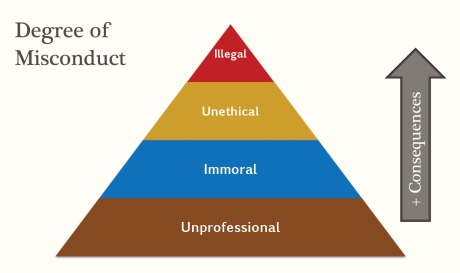 defines misconducts.
defines misconducts.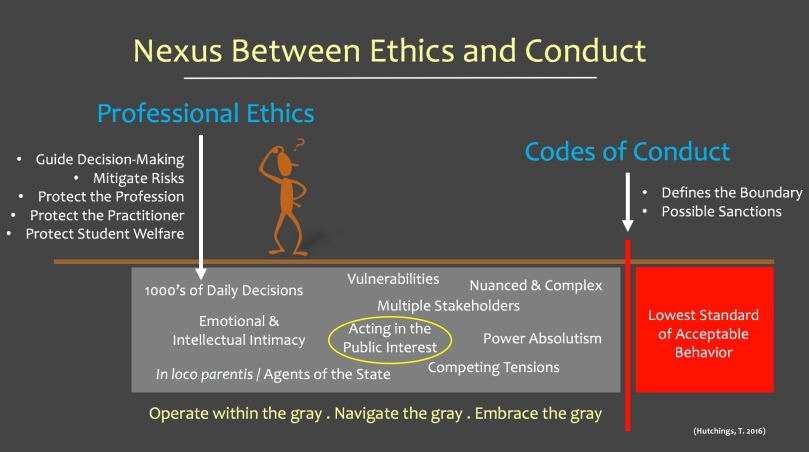
 One of the best examples endorsed by many states, college education methods programs, and other institutions, the National Association of State Directors of Teacher Education and Certification has published its
One of the best examples endorsed by many states, college education methods programs, and other institutions, the National Association of State Directors of Teacher Education and Certification has published its 